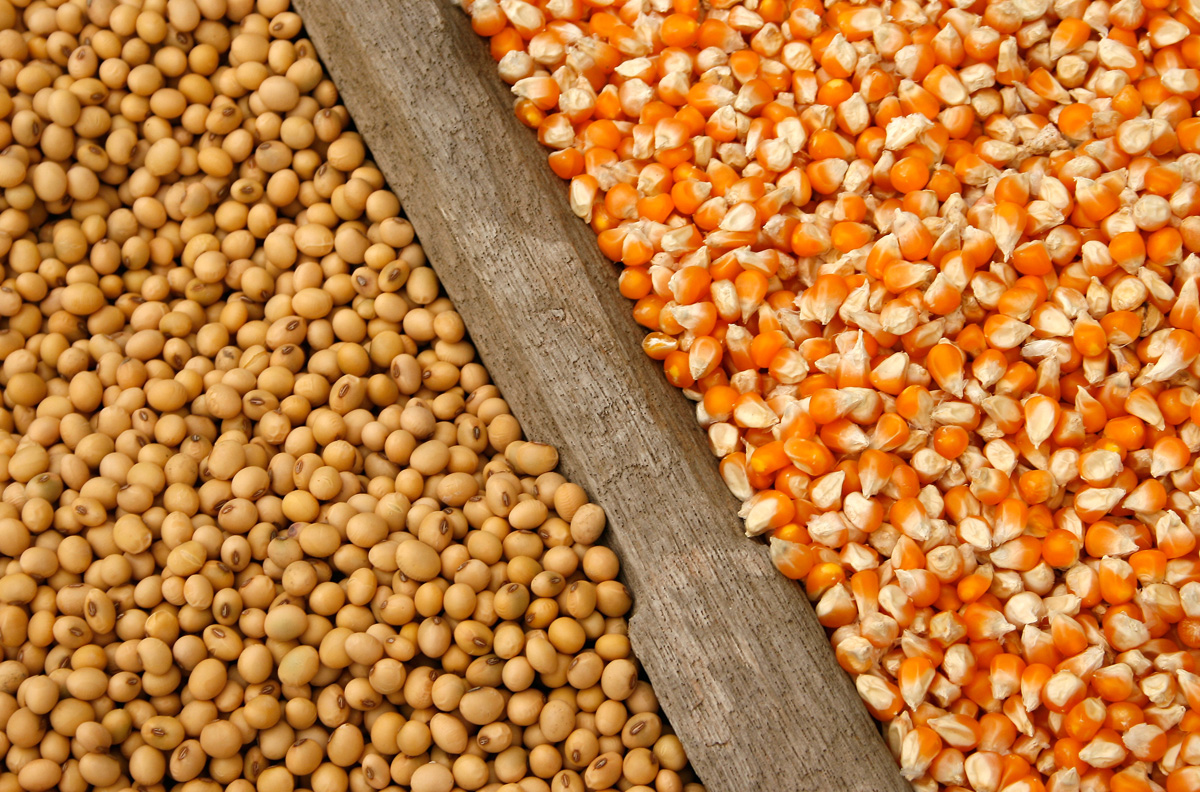
Study Models Future Effects of Climate Change on US Corn and Soybean Yields, Production, and Exports
March 27, 2024| |
A recent study conducted by the U.S. Department of Agriculture (USDA) Economic Research Service (ERS) modeled how climate-linked changes in temperatures and precipitation might affect future U.S. corn and soybean yields and what that would mean for markets and trade through the middle of the next decade.
The study used 2016 as a base year, and the model estimated an increase in U.S. corn yields but a decrease in soybean yields by the year 2036. These changes would affect U.S. corn and soybean exports. In the model, corn exports are projected to increase 0.36% by 2036, compared with 2016, while soybean exports drop 1.17% for a total decrease for the two crops of as much as US$256 million by 2036.
The U.S. corn yields were estimated to increase 3.1% by 2036, representing historically slow yield growth compared with previous decades. In contrast, soybean yields were projected to decrease by 3%. With these yield changes, the use of land in corn and soybean production also was expected to shift. U.S. corn producers are expected to plant fewer acres of corn because of increased yields while soybean producers are projected to increase acreage to offset the impact of the expected yield decrease.
The yield results also have implications for U.S. exports of corn and soybeans. By 2036, exports of corn are projected to increase by the equivalent of US$63 million (in 2016 dollars), with additional shipments to China (US$18 million), Mexico (US$9 million), Japan (US$4 million), South Korea (US$4 million), and other countries (US$28 million). Exports of soybeans, however, were projected to decline by US$319 million across all trading partners. The U.S. contributed more to the global corn supply than China, India, and Russia combined in 2020. U.S. soybean production was exceeded only by Brazil's harvest that year, making the United States a top producer and exporter of corn and soybeans.
For more details, read the article in the USDA ERS Amber Waves.
| |
You might also like:
- USDA Reports Increase in Corn and Soybean Yields Amidst Challenging Weather
- US, Highest Producer of Biotech Crops in 2018, Gov't Support Vital
- U.S. Farmers Widely Adopt Genetically Engineered Crops Despite Consumer Acceptance Uncertainty
Biotech Updates is a weekly newsletter of ISAAA, a not-for-profit organization. It is distributed for free to over 22,000 subscribers worldwide to inform them about the key developments in biosciences, especially in biotechnology. Your support will help us in our mission to feed the world with knowledge. You can help by donating as little as $10.
-
See more articles:
-
Plant
- Researchers Report Methods to Regulate Rice Chilling Tolerance
- Scientists Enhance Diurnal Flower-Opening Time of Rice
- Genetically Engineered Clover Undergoing Trials in Australia
- USDA-APHIS Determines that Yield10 Bioscience's Omega-3 Camelina Varieties May Be Planted and Bred in the US
- Study Models Future Effects of Climate Change on US Corn and Soybean Yields, Production, and Exports
-
Animal
- Silkworms Engineered for Super Silk
-
Food
- Gene Editing of Edible Fungus Produces Healthier Foods
-
Environment
- Machine Learning Model Predicts Effect of Climate Change to Rice Yields
-
Read the latest: - Biotech Updates (December 17, 2025)
- Gene Editing Supplement (December 17, 2025)
- Gene Drive Supplement (February 22, 2023)
-
Subscribe to BU: - Share
- Tweet

